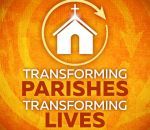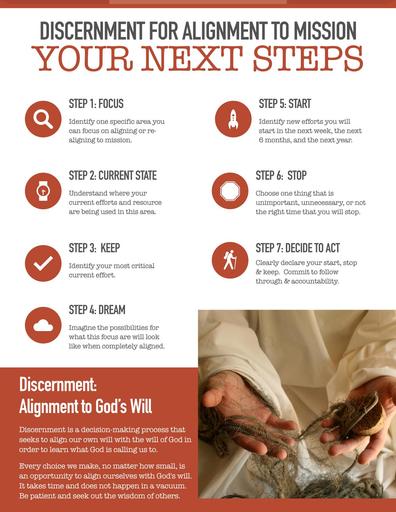The Making Disciples Today Blog has reflections to help you grow in your journey of missionary discipleship, reviews on recommended Catholic evangelization resources, and practical insight on how to evangelize in your daily life.
- Details
- Written by: Kristin Bird

Have you heard of the Jesus Juke?
The “Jesus Juke” is a move that tells a friend,
“I wish you possessed the uber holiness I do and were instead talking about sweet baby Jesus in this conversation.”
Coined by Jonathan Acuff in his Stuff Christians Like blog, a Jesus Juke is like a tiny “shame grenade.” You throw it into an otherwise harmless conversation and then watch it splatter everyone in guilt and condemnation.
Christmas (and maybe Easter) seems to bring out the worst of the Jesus Jukes. Combine them with intentionally controversial headlines and memes and you can suck the Christmas joy right out of jolly ol’ Saint Nick himself.
- Details
- Written by: Kristin Bird

Creating and sustaining "shallow entry points" is essential in the process of parish renewal. Shallow entry points are places where those who may be disconnected from Christ and His Church can be introduced to the Christian community and the love of God in non-threatening and warmly welcoming ways. Being intentional about creating these shallow entry points requires a more individualized approach to pastoral care and, therefore, is more time consuming to both create and sustain.
In this episode of the Transforming Parishes, Transforming Lives podcast, we focus on these shallow entry points - specifically talking about the most common objection to this approach: "I just don't have time to do all that."
- Details
- Written by: Kristin Bird
Join us in creating a culture of discipleship in your home, parish, and diocese.
Join us in creating a generation of saints.
- Details
- Written by: Kristin Bird

Episode 3: No, I Don’t Want Better Donuts: Radical Hospitality as the Foundation for Evangelization
Episode Summary:
In this episode Rachel, Kristin, and Deacon Keith explore the nature of radical hospitality with Jane Angha, Executive Director of Ministry Blueprints,, an apostolate that works with parishes and dioceses to help them live and minister in a more hospitable way. Want to learn how your parish can embrace radical hospitality in practical ways? Then tune in! View Show Notes.

